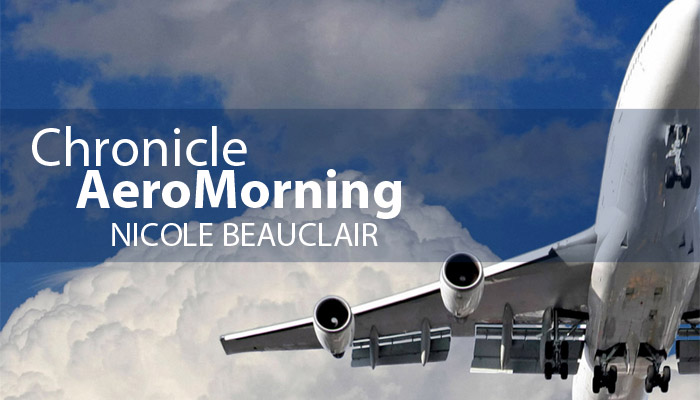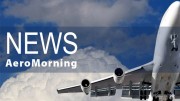Twelfth success for Arianespace against a difficult background of capital restructuring
Arianespace ends 2015 with a twelfth triumph as it launches the Soyuz rocket carrying two Galileo satellites of the FOC series (full operational capability) to join the Galileo constellation. This, by the way, brings this constellation to 12 satellites, gradually providing Europe with its own satellite positioning system to compete with the renowned American GPS (Global Positioning System).
Twelve launches this year represents a launch rate not achieved by Arianespace since 2000, when Ariane 4 and Ariane 5 were being exploited simultaneously. One better even than 2014, when Arianespace managed 11 launches. Having accepted Soyuz launches from the Guiana Space Centre since 2011, Arianespace has of course also been launching Vega since 2012, thus completing and optimising its launch possibilities.
One might say that this comes in the nick of time given looming competition from a US eager to win back leadership, at least for civilian satellite launches, from competitors such as SpaceX with its Falcon launchers, Orbital Science and, to a lesser extent, Virgin Galactic on the space tourism market. India is also considered by global experts to be a highly effective competitor to be reckoned with, not to forget China where Great Wall Industry is now only awaiting state authorisation for its Long March launch vehicle before offering its services on the competitive market.
One thing is certain, Arianespace’s policy of broadening its offer – launching not only Ariane 5 in the 10-20 ton payload capacity sector, but also Soyuz for payloads between 3,250 kg and 4,400 kg and more recently Vega for smaller payloads (1,500 kg) – is paying off.
Without listing all the contracts Arianespace picked up in 2015, it has clearly been a very good year. Especially since Arianespace has begun to adapt its company structure at the request of shareholders.
Certainly there are delays due to inevitable organisational changes. I’m thinking in particular of Airbus Safran Launchers (ASL) which was to be finalised in October this year between Airbus (bringing its space activities excluding satellites) and Safran with Herakles (launch vehicle motorisation). Moreover, as the unions say, certain “start-up problems” are likely to delay development of the future Ariane 6, a cherished project at European level, strongly supported by the former very charismatic French minister for higher education and research, Geneviève Fioraso, who was forced to resign in late March 2015 for health reasons.
Indeed the creation of ASL is critical to this restructuring of the French space industry since it is to become a 74% shareholder of Arianespace, acquiring shares from French space agency CNES.
What will become of the development contract for Ariane 6, confirmed by the European Space Agency (ESA) on 12 August, if ASL does not see the light? This contract relates to development funding for the A62 and A64 versions of the Ariane 6 launcher up to full operational capacity in 2013.
Since this is a matter of great strategic importance for Europe, however, it seems unlikely that this 50/50 joint venture will fall through.
Meanwhile the same industrialists are working hard on securing new contracts. During the Paris Air Show for instance, Airbus Defence & Space was chosen by OneWeb to produce 900 microsatellites for its future constellation dedicated to global Internet coverage: 900 satellites to be placed in orbit by Arianespace. The contract provides for 21 launches by Soyuz, with five supplementary Soyuz launches and 3 launches by Ariane 6. It is vital therefore that development of Ariane 6, on which ASL depends, must follow its planned timeline. It is up to the financers this time to play their role without hegemony.
Nicole Beauclair for Aeromorning








Be the first to comment on "Twelfth success for Arianespace"